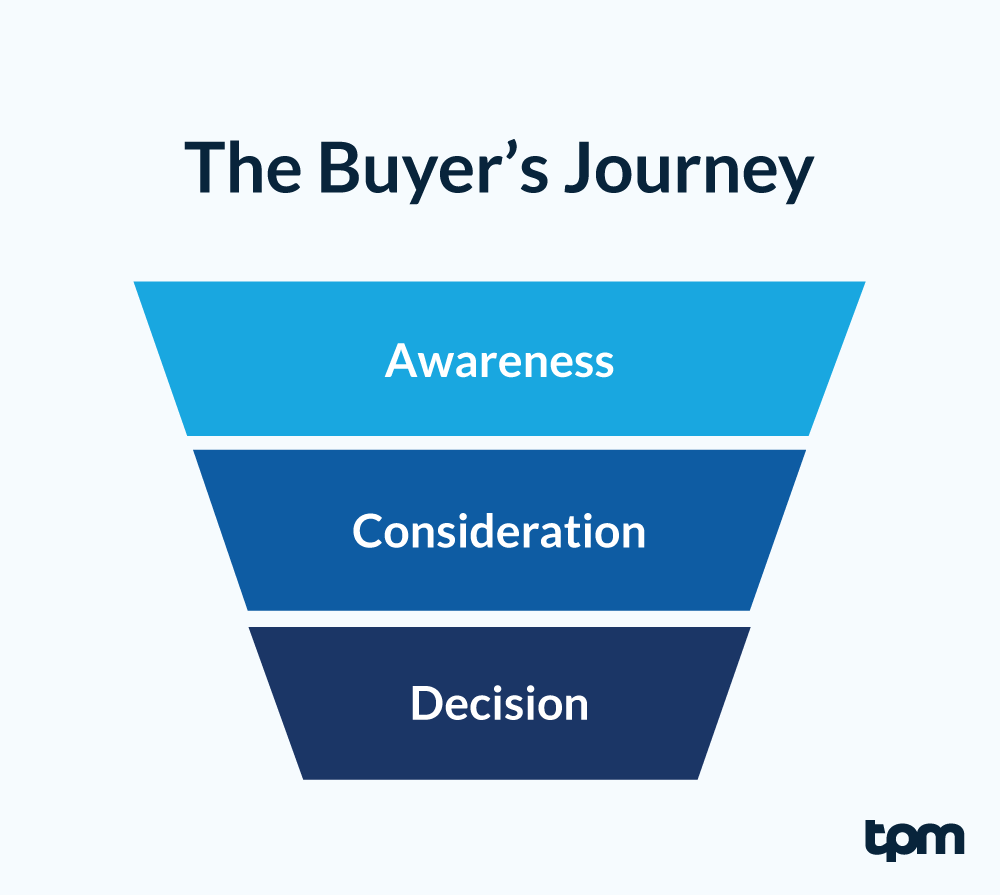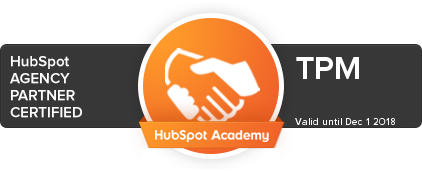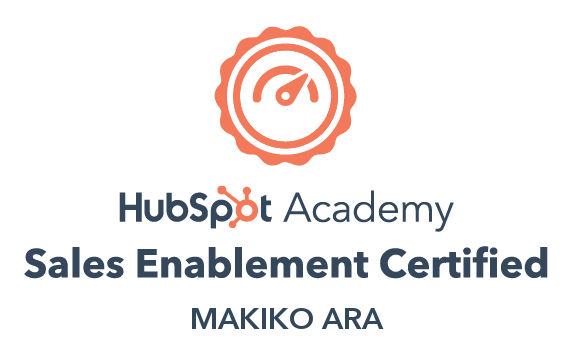Marketing strategy, techniques and tools are continually evolving as new technology emerges and consumer habits change. So while buyer personas gained a lot of traction among marketing circles over the past few years, you might think that they’re a bit of an outdated idea now. In reality, that couldn’t be further from the truth.
The process of creating buyer personas will probably always be important for marketing professionals, even if the terminology and tactics associated with them change. That said, the specific buyer personas you created back in 2015 are probably out of date.
In this post, we’ll go over a quick refresher of what buyer personas are and why they matter before diving into how to create a buyer persona and, just as importantly, update one.
What are Buyer Personas?
In case you’re not familiar with buyer persona content marketing, buyer personas are fictional characters created to represent the different types of audiences you’re trying to reach.
Personas can help you clearly define:
- What kind of content will work best for your audience
- The appropriate tone and style for your content
- How best to deliver your message
- Topics that will interest your audience
- Where your audience is likely to consume your content
Well-developed buyer personas can help you:
- Increase email open, click-through, and conversion rates
- Improve the user experience on your website or social media platforms
- Drive organic traffic to your site

Defining your personas is a critical step in developing any type of marketing strategy. If you’ve started developing a strategy without identifying or updating your buyer personas, stop. You’ll want to read the rest of this before going any further.
Creating a buyer persona helps you put a face and personality on your target audience, and provides a human connection between you and your potential customers. It’s always easier to communicate with someone you know than with a stranger. By creating buyer personas, you gain an understanding of what makes your potential customers tick. And you probably have a better chance of solving their problems.
How to Create a Buyer Persona (or Update One)
If you’re new to (or out of practice with) developing buyer personas, this next section will offer some guidelines on how to create a buyer persona that stays relevant. If building buyer personas is old hat for your organization, don’t get too comfortable. We’ll also look at the ways buyer personas have changed over the years and how to update them.
1. Research Your Audience
One of the best ways to understand who your customers are and what challenges they face is to ask them directly. Interview current and former customers, potential customers as well as members of your own team who interact with customers. Ask them questions that will help you build a profile of who you’re trying to reach. If interviews are not an option for you, consider using surveys and insights from social media interactions to help develop a portrait of your buyers.
Traditionally, guidance on how to create a buyer persona looked at demographics — things like age, gender, location, and income level. But globalization and shifts in consumer decision-making patterns mean that today’s marketers must go deeper. Examine what drives your audience and the decisions they make.
Historically Asked Questions
- Profession
- Education
- Income level
- Geographic location
- Age
- Gender
- Relationship status
- Interests and hobbies
- Buyer preferences (Where do they shop?)
- Motivation (Why might they buy your product?)
- Pains and challenges (What problems are they facing or what areas would they like to improve?)
Updated Questions
- Role in the buying process (new titles have appeared, and decisions are often made collectively, instead of by a single person)
- Personality (Are they open to new ideas? Intuitive? Emotionally driven? Extroverted or introverted? Looking for casual or formal interactions?)
- Motivations (Are they driven by guilt or necessity? Internally motivated or moved by outside forces?)
- Values (Opinions, beliefs, and attitudes can point to values that may influence purchase decisions)
- Pains and challenges (What problems are they facing or what areas would they like to improve?)

2. Analyse Data to Gain Insights
Review your audience research and compile the information you’ve gathered. You’ll likely find similarities or patterns in the answers that can help you categorize your personas. Once you have compiled all of your information, it’s time to narrow things down and select your key buyer personas. You may have one buyer persona, or you may have ten – it really is dependent on your business.
Once you have completed this exercise and clearly defined your personas, it’s time to map your buyer journey. Combining the buyer personas you’ve developed with a detailed buyer journey will help you plan and create highly targeted content.
The factors that influence consumer decisions have shifted over the years. The latest Global Marketing Trends report from Deloitte highlights encourages business owners to shift focus from consumer demographics to values to build trust with audiences.
3. Map the Buyer Journey

The buyer journey refers to the process the average customer will go through before committing to a purchase. It consists of three stages:
- Awareness (often referred to as the top of the funnel)
- Consideration (middle of the funnel)
- Decision (bottom of the funnel)
Knowing where your potential buyers are at each stage of their journeys can help you develop content specific to them. For example, if someone visits your site to learn more about solving a problem they’ve only just discovered, a side-by-side comparison of your offering and your closest competitors probably won’t help. In contrast, visitors shopping for a specific solution won’t gain anything from a blog post explaining their challenge in general terms.
4. Regularly Revisit Your Personas
But simply knowing how to create a buyer persona is not enough. As noted in the first step of this process, your personas will change over time as new technology appears and your customer base (and their buying habits) evolve. Buyer personas are meant to provide an accurate picture of who you’re trying to reach with your message, but if you don’t update them regularly, your strategy will fall out of alignment with your target audience.
We recommend reviewing buyer personas at least once a year and updating them as needed. Consider these factors:
- Buyer journey (Has it changed?)
- Persona characteristics (Are different factors affecting customer decisions?)
- Current data (Are your personas in line with current data — internal and external?)
- Your organization (Have your company’s offerings, values, or culture changed?)
Regular reviews and updates to your buyer personas can help keep marketing efforts on track and ensure you’re not wasting time and money on strategies that no longer align with the audience you’re trying to reach.
Need Assistance with Buyer Personas?
Well-developed, current buyer personas play a vital role in developing a successful marketing strategy. If you’re struggling with how to create a buyer persona — or keep yours current — the Total Product Marketing team can assist with every stage of creating and maintaining them, as well as developing and executing effective marketing strategies. We’d love to help you. Contact us today to learn more about how we can improve or support your marketing efforts.



